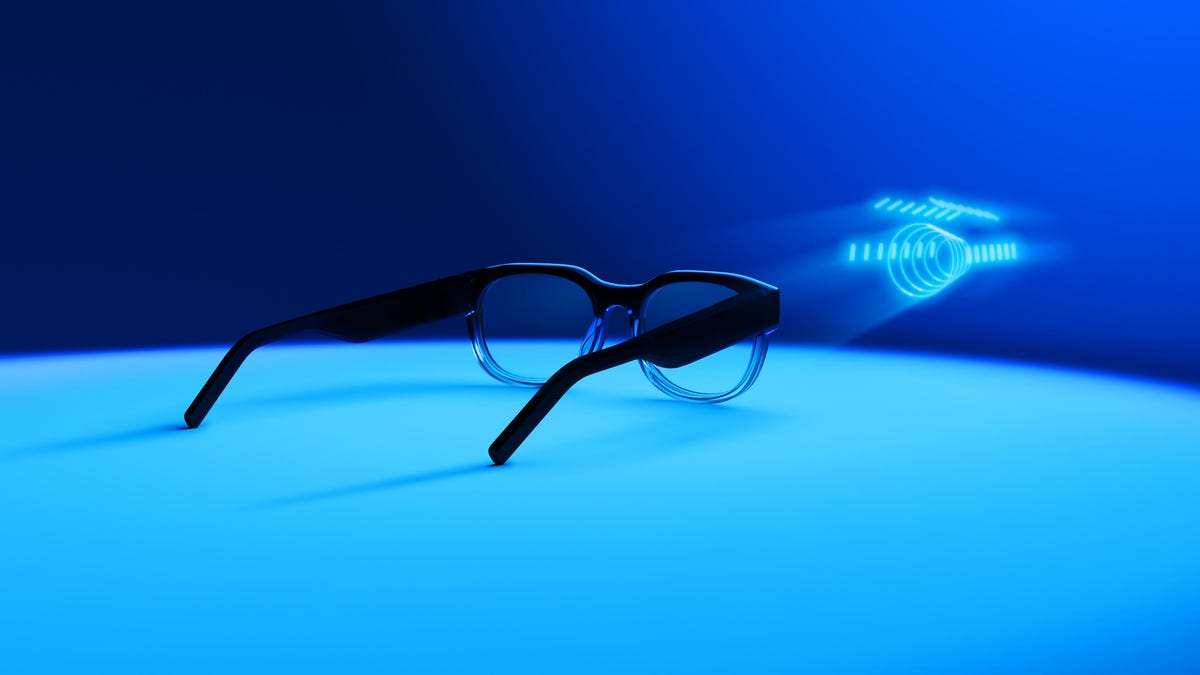The smart glasses that could be ready for my eyes
I got a peek at North Focals 2.0, and they could be closer to regular glasses than anything I've seen before.

These smart glasses look completely normal.
I saw a pair of smart glasses that looked almost like my own regular pair. I tried them on. I wish I had a photo to share with you, but North's Focals 2.0 were in total stealth mode in Las Vegas during CES 2020. I was lucky enough to sneak in and try them on at the end of my week looking at emerging tech.
If this all sounds familiar to you, you're not the only one. I'm having deja vu because I tried on this company's smart glasses last year, and had similar thoughts. But North's original smart glasses have been discontinued to introduce a new model. And I can see why: The Focals seem thinner now, and a lot more normal.
Read more: Best places to buy prescription glasses online in 2020
Normal doesn't mean I'd always wear them. Smart glasses need to be good everyday glasses, too. I wear glasses because (shocker) I need to. My severe nearsightedness can be corrected with contacts, but glasses are easy. And my -8.5-range myopia hasn't worked with other prescription VR and AR eyewear such as Magic Leap, Oculus' VR lens inserts or last year's first-gen North Focals.
North's executives have told me, however, that Version 2.0 should work with my prescription. The new hardware no longer projects onto the lens from afar, via a mini projector off on the side like the last model did. Instead, it's built into the lens itself. The shimmery waveguide in the lens, which helps project the single display, is bigger, more like a phone-sized screen in the air near my right eye. North aims to make even that slightly iridescent lens patch invisible in the final version, too. The new display stayed always on, unlike the previous Focals display that only showed up when I looked directly forward.
I laid my glasses down next to the prototype Focals 2.0, and from the front, facing them, they looked nearly the same. The arms are the difference: They're a bit thicker at the moment... but I bet that could change, too.
Focals 2.0 should be controlled by a similar ring-worn control system as the first version, but it's the easier range of prescriptions that excites me most. I've worn last year's Focals, Vuzix's Blade glasses and Google Glass. But none have easily accommodated my vision.
These won't allow full world-scanning, 3D mixed reality, like the smart glasses Qualcomm, NReal and others are promising in the years ahead. But the path between those future AR glasses and the smaller, more glasses-like models that North is working on is bound to intersect eventually. With the number of smart eyewear hopefuls seemingly increasing, maybe more than a few will figure out how to make them good everyday glasses, too.

